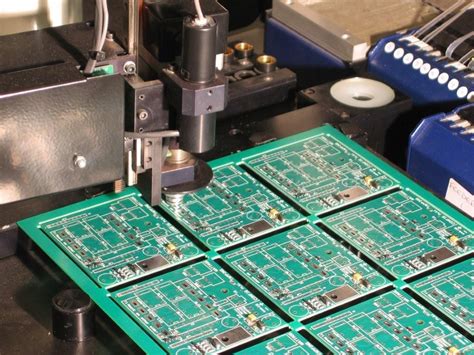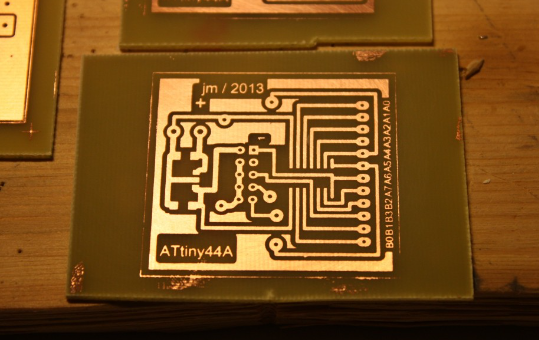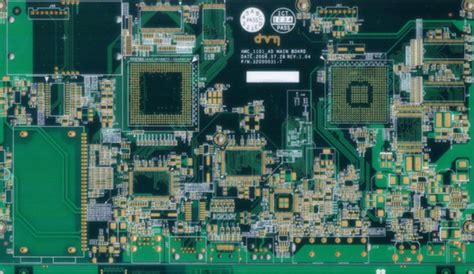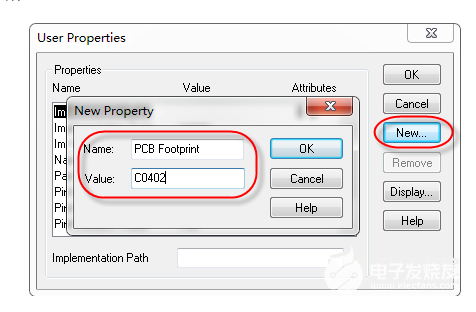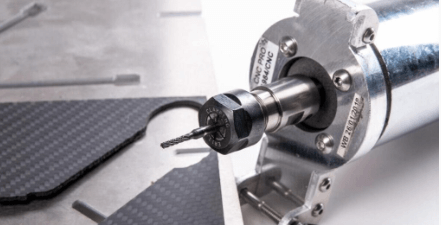Detection methods for hazardous substances in the RoHS directive in the PCB industry
1.X-ray fluorescence spectrometry
① Scope of application:
Screening test of lead, mercury, cadmium, total chromium and bromine in plastic parts, metal parts and electronic components
② Technical features:
One-time rapid qualitative analysis of lead, mercury, cadmium, chromium and bromine in samples. No sample preparation is required for homogeneous samples, and non-destructive testing can be performed.
X-ray fluorescence spectrometer

2.Fourier infrared spectroscopy
① Scope of application: Screening test of high content of PBB and PBDE??DD in polymer materials.
② Features: Based on the characteristic infrared spectra of PBB and PBDE, some samples can be non-destructively tested.
Fourier infrared spectrometer
3.Spot method for hexavalent chromium
① Scope of application: Qualitative screening test of hexavalent chromium in colorless and colored chromate coatings.
② Features: Direct qualitative test of hexavalent chromium in the surface coating of the sample using color reaction, which is simple and fast. If a positive reaction occurs, spectrophotometry and other methods are required for confirmation analysis.

4.Gas chromatography/mass spectrometry analysis (GC-MS method)
① Scope of application: quantitative analysis of PBB and PBDE flame retardants in plastic parts and electronic components.
② Instrument: desktop gas chromatography-mass spectrometer
③ GC-MS method is a common method for qualitative and quantitative testing of volatile and semi-volatile organic compounds, and is widely used in residual analysis projects of various organic toxic substances.
Gas chromatography-mass spectrometer
5.Liquid chromatography (HPLC method)
① Scope of application: quantitative analysis of PBB and PBDE flame retardants in plastic parts and electronic components.
② Main instrument: liquid chromatograph;
③ Technical features: suitable for the testing of difficult-to-volatile flame retardants such as decabromobiphenyl and decabromodiphenyl ether, making up for the weaknesses of GC-MS method.
Liquid chromatograph
6.Spectrophotometric analysis
① Scope of application: Hexavalent chromium content test
② Main instrument: UV spectrophotometer;
③ Technical features: This method is a classic method for hexavalent chromium testing, and can refer to many domestic and international standards, such as EPA3060A.
UV-visible spectrophotometer
7.Inductively coupled plasma atomic emission spectrometry (ICP-AES method)
① Scope of application: Lead, mercury, cadmium, and total chromium content test in plastic parts, metal parts, and electronic components.
② Main instrument: Inductively coupled plasma atomic emission spectrometer;
③ Technical points: Choose to use microwave digestion, wet digestion, dry digestion and other means to dissolve the sample, and simultaneously determine the content of lead, mercury, cadmium, and total chromium at one time.
Inductively coupled plasma atomic emission spectrometer

8.Atomic absorption analysis (AAS method)
① Scope of application: Lead and cadmium content test in plastic parts, metal parts, and electronic components.
② Instrument: Atomic absorption spectrometer;
③ Technical features: AAS method is one of the most mature instrumental testing methods for metal elements, with strong selectivity of characteristic atomic absorption spectral lines and high sensitivity for testing elements such as lead and cadmium.
Atomic absorption spectrometer
9.Cold atomic absorption spectrometry (CVAAS method)
① Scope of application: Testing of mercury content in plastic parts, metal parts, and electronic components
② Main instrument: Mercury analyzer;
③ Technical points: Cold atomic absorption spectrometry is a classic method for testing mercury content, with strong selectivity, low detection limit, and high sensitivity.

